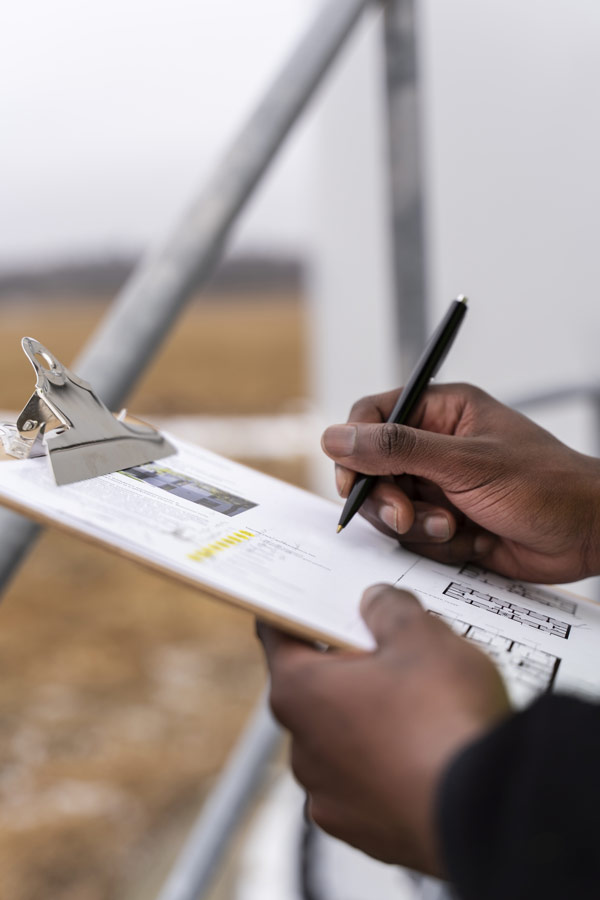NYC Lead Removal Contractors-- Get Safe and Efficient Services
NYC Lead Removal Contractors-- Get Safe and Efficient Services
Blog Article
Finest Practices for Guaranteeing Safe and Comprehensive Lead Offense Reduction
Attending to lead violation reduction requires a multi-faceted method to ensure both safety and compliance. It's the final clearance process, entailing thorough inspections and research laboratory screening, that genuinely verifies a lead-free atmosphere, guaranteeing long-lasting security. How do these practices adjoin to assure comprehensive lead abatement?

First Evaluation
Conducting a preliminary evaluation is an essential very first step in lead violation abatement. This phase incorporates a thorough examination of the residential property to determine the visibility, degree, and particular locations of lead-based threats. Qualified specialists, such as licensed lead examiners or run the risk of assessors, must perform a thorough website evaluation, making use of tools like X-ray fluorescence (XRF) analyzers to properly find and measure lead focus in paint, dirt, soil, and water.
The analysis must additionally include an evaluation of the building's history, previous records, and any problems or health concerns reported by occupants - Lead Removal Contractors. Recording the searchings for carefully is essential, as these records create the basis for developing a reliable reduction technique. A complete assessment likewise entails sampling and lab evaluation, which are critical to verify the visibility of lead and overview subsequent actions
In addition, it is vital to communicate the results transparently to all stakeholders, consisting of building owners, occupants, and governing authorities. By guaranteeing that the first assessment is performed with precision and roughness, experts can lay a solid foundation for a targeted and effective lead reduction procedure, inevitably safeguarding public health and wellness and making certain compliance with regulative criteria.
Correct Control
Proper containment is vital to protect against the spread of lead contaminants during abatement activities. Effectively managing containment reduces the danger of lead dust and debris migrating to non-work areas, thus securing both the setting and people outside the prompt job zone. To achieve proper control, a closed obstacle of plastic bed linen have to be developed around the job area, making sure all seams and edges are securely secured. Lead Removal Contractors. This obstacle must prolong from flooring to ceiling and be taped to stop any type of leaks.

Regular inspections of the containment location are needed to check for breaches or weak points in the barrier. Any kind of recognized issues need to be without delay resolved to preserve the integrity of the containment. By adhering to these methods, reduction tasks can successfully manage lead contamination and minimize affiliated health and wellness threats.
Employee Defense
Guaranteeing employee defense is extremely important during lead abatement tasks to avoid occupational exposure to hazardous lead bits. Vital actions consist of the usage of individual protective tools (PPE) such as respirators, gloves, and full-body fits particularly designed to obstruct lead dirt and fumes. Workers must undergo detailed training on the proper usage and maintenance of PPE, consisting of healthy screening for respirators to make sure optimum effectiveness.
Design controls, such as neighborhood exhaust ventilation systems, are important in minimizing air-borne lead focus in the workplace. Administrative controls need to additionally be implemented, including restricting the period of direct exposure and revolving employees to reduce individual exposure times. Routine medical monitoring and organic tracking are indispensable for early detection of lead absorption, enabling prompt treatment and therapy.
In addition, developing a purification method is vital. Workers should follow strict decontamination procedures before breaks and at the end of their change to protect against lead dust from being lugged outside the workplace. This includes detailed hand and face cleaning with lead-specific cleansing agents and changing out of contaminated see clothes.
Precise Cleaning
Keeping a safe work setting prolongs beyond worker defense and incorporates careful cleanup to ensure lead fragments are extensively eliminated from the site. The process of thorough clean-up is important in stopping the recontamination of the eased off area and guarding both present and future occupants.
To attain a detailed clean-up, all workspace have to be methodically decontaminated. This entails using specialized HEPA (High-Efficiency Particulate Air) hoover and wet-wiping techniques to record and eliminate great lead dust that might have picked surfaces. It is important to clean all straight surfaces, consisting of floorings, window sills, and countertops, in addition to vertical surfaces Resources that might have trapped lead bits.
Workers need to wear proper individual protective tools (PPE) during clean-up to stay clear of exposure to recurring lead dirt. Used cleansing products such as wipes, sponges, and wipe heads ought to be disposed of based on contaminated materials disposal policies.

Final Clearance
Final clearance is the important ending stage of lead abatement that identifies whether the website is safe for reoccupation. This critical action includes detailed assessment and screening to validate that all lead risks have actually been properly eliminated.

Final clearance testing not only protects future occupants yet additionally ensures compliance with neighborhood, state, and government laws. It serves as a recorded recognition of the reduction specialist's adherence to sector best practices. Ensuring a thorough and effective last clearance is important in protecting public wellness and fostering count on the abatement process.
Verdict
Guaranteeing secure and detailed lead infraction reduction demands a diverse strategy incorporating first evaluations with sophisticated detection methods, reliable control techniques, rigid employee security procedures, and careful cleaning treatments. The last clearance stage, featuring detailed inspections and lab screening, is crucial to verify conformity with EPA standards. Adherence to these best practices assures a secure setting for passengers, mitigates health dangers, and promotes regulative needs, therefore advertising public wellness click for info and safety in lead-affected locations.
Report this page